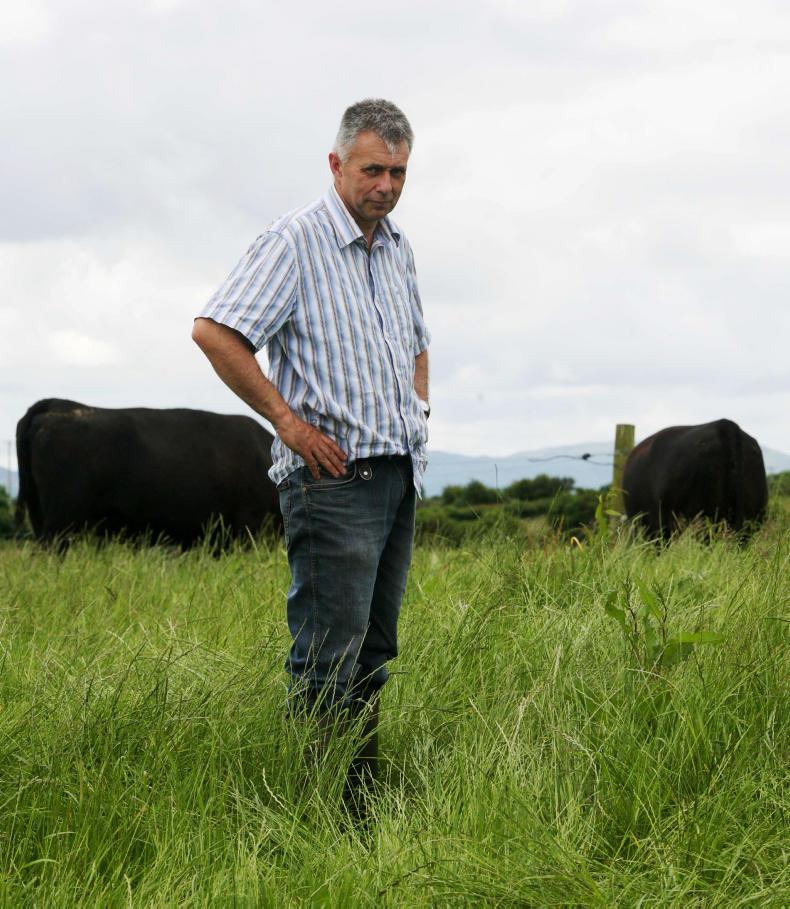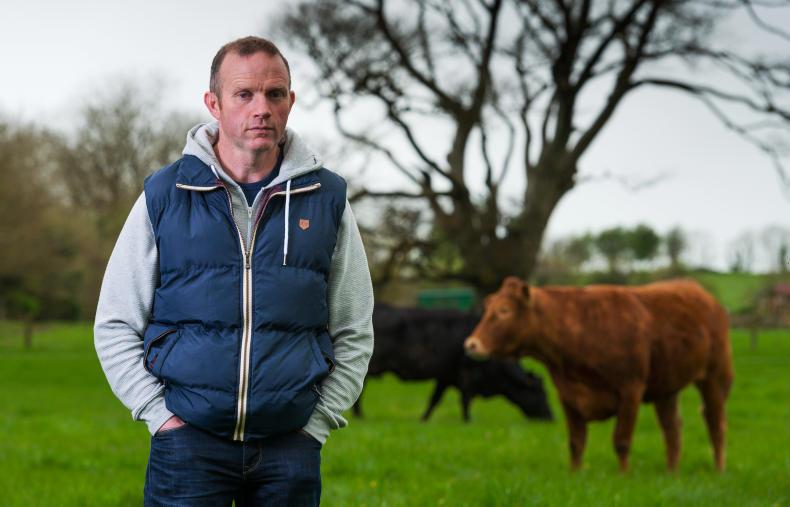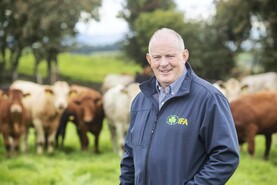It is common farming knowledge that the counties along the west coast of Ireland are steeped in rich suckler beef tradition. Often challenged by poor land quality, heavily fragmented farms and severe weather coming in from the Atlantic, it is still in these parts that some of the best suckler breeding has been prevalent over the last number of decades. Mayo is one of the counties that lay claim to this rich tradition.
Looking briefly to the numbers, Mayo is home to some 72,000 suckler cows according to the AIM Bovine Statistics Report for 2017.
This makes it third in the list of suckler cow numbers per county, just behind Galway and Cork. Most significantly, however, is the fact that as farming displayed a turn towards dairying in large parts of the country over the last decade, Mayo has bucked that trend with over 80% of the cow herd in the county still firmly part of beef operations.
In terms of suckler herd numbers, there are just under 6,700 in Mayo according to recent Department figures. With 75,466 suckler herds in the entire country, this means that Mayo accounts for just under 9% of Ireland’s total suckler herd population.
Matching up the number of herds in the county with the number of suckler cows, the average herd size is low, as expected. Fifty-six percent of herds have less than 10 calves born each year, 32% have between 10-20 born each year while only 1% of herds have more than 75 calves each year.
With such a high number of suckler herds, it is clear to see that beef farming has a huge role to play in the make-up of the agricultural landscape in Mayo. In spite of marginal land in some parts and small or fragmented holdings in others, there is always opportunity to unlock extra potential through beef farming.
Ballina beef farmer Tommy Holmes and Claremorris suckler farmer Richard Jennings have done exactly that.

Tommy Holmes is farming an 18ha home block on the outskirts of Ballina and is a current participant of the Teagasc/Irish Farmers Journal BETTER Farm beef challenge. He also rents two other blocks of land less than five miles away; one 20ac block which is used mainly for grazing beef bulls. The plan for the farm is to run a herd of 20 to 25 autumn calving suckler cows. Calving takes place during a strict 8-10 week window commencing on 1 August. All progeny will be taken to beef apart from a handful of heifers which will be kept as replacements. On those figures, Tommy is rearing only about 12 bulls and nine heifers for slaughter each year. However, the kilos of beef going out the gate don’t end there. Tommy plans to slaughter over 100-head of cattle off the farm each year, purchasing mainly bulls to do so. Bulls will be slaughtered at both 16 and 20 months. Tommy says maximising his grass growing capacity has been key to achieving such high performance. Asked about the greatest positive in beef farming, Tommy said the gap between beef and dairy isn’t as wide as people make out: “if a beef farm was run like a dairy farm, you shouldn’t be too far behind.” On the negatives, Tommy said: “prices and weather. Although I think weather is worse. It can change overnight, prices can’t.

Richard Jennings runs a herd of 40 suckler cows, 140 ewes and has recently introduced a dairy calf-to-beef system. Cows are calved in November and the weanlings are sold the following September. Breeding consists mainly of Belgian Blue crossed with Limousin cows. The dairy calf-to-beef system was recently introduced as a means of increasing stocking rate without significantly increasing workload. Similar to many other farmers across the country, Richard explained: “The quality of the calf is very important and it can vary significantly.” Richard is a past participant of the Teagasc/Irish Farmers Journal BETTER Farm beef programme. He explained that the most important thing he learned through the programme was completing farm plans: “At least when you have a plan you have something to go by. You can always tweak it and alter it around but if you can roughly see where you are going it keeps things focused.” Speaking of future direction, Richard, like many other farmers expressed some concern over the future of beef farming, pointing out that “the return per suckler cow is very low in comparison to the workload she brings.”
Despite this, he also says that his heart is always with beef farming: “I think my favourite thing about farming and beef is the lifestyle. You aren’t tied down to it like other systems. It’s flexible and allows me to spend time with my family too.”






 This is a subscriber-only article
This is a subscriber-only article










SHARING OPTIONS: